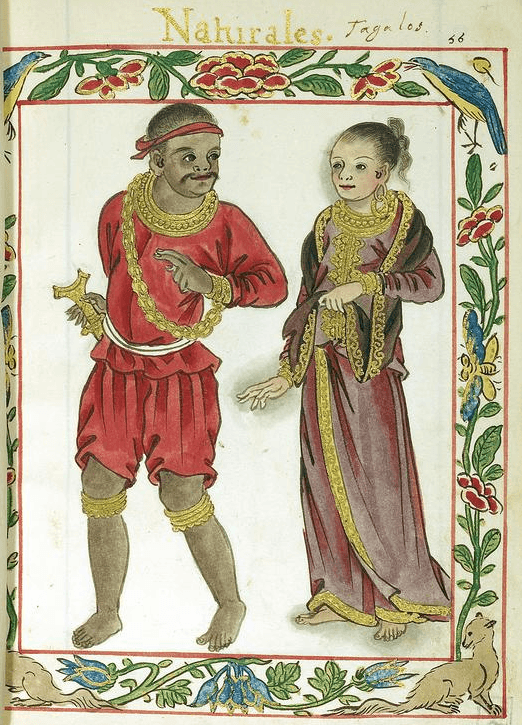Why we need to dig deeper into our prehistoric past
What does the discovery of butchered rhinoceros dating back to 709,000 years ago have to say about the Filipino?
At A Glance
- No people can endure without the vital knowledge of who they are. —Imelda Marcos

Through the centuries the Filipino had been putting on a mask in order to confound his conquerors. When the time came for him to take off the mask because it was no longer needed, he found that it had become part of his face. This is the commanding image of our crisis of identity.”
These were the words of the former First Lady Imelda Romualdez Marcos when she inaugurated the Folks Art Theater on July 7, 1974.
The Folks Art Theater within the Cultural Center of the Philippines complex in Pasay City was built in 1974, to showcase Filipino culture, particularly traditional and folk arts and performances. Through the initiative of Ferdinand E. Marcos’ led by his first lady, the theater was built to accommodate 8,000 people. The building itself is a testament to a blend of the western brutalist style and yet inspired by traditional Filipino design. Its roof, for instance, was designed to represent the salakot. For decades it has hosted a variety of performances, concerts, and events.
“The road to the future is paved with the shadows of the past…” said Imelda. “No people can endure without the vital knowledge of who they are. But that knowledge must be searched for, often with courage and wisdom.” Among those who search for vital knowledge to help us in our search for identity are archaeologists.
I am reminded of the recent passing of my mentor Dr. Victor Paz (1967-2024) of the University of the Philippines School of Archaeology. Archaeology is the study of the material culture left under, on, and above the ground by people who lived in the past. We study it for a number of reasons, such as to “uncover human history, preserve cultural heritage, fill historical gaps, understand human evolution, discover new insights from the past to better understand the present, develop scientific methods, provide tangible connections to the past, support other disciplines, and effect changes in private and public policy and planning.”
The major finds of the past 20 years alone have shed some light on early human migration, ancient trade networks, and the diversity of human species in Southeast Asia, as well as on subsistence and habitation patterns, their way of life, the customs and beliefs and technological advancements on the islands of the Philippines. These major finds are as follows.
- The Callao Man or Homo luzonensis. In Callao cave in Cagayan, archaeologists recovered a 2.4-inch bone and were able to date the oldest human remains ever found in the Philippines to 67,000 years.
- Rizal, Kalinga. Discovery of butchered rhinoceros dating back to 709,000 years ago with an assortment of stone tools. Before this discovery, it was believed Callao Man was the oldest living evidence of human presence in the archipelago.
- Pilanduk Cave (Palawan). Human habitation dating back to the Ice Age or Pleistocent Epoch (which started 2.4 million years ago and ended 11,500 years ago). Materials recovered from the cave are found to be 20,000 to 25,000 years old, also presenting evidence of “sophisticated hunting techniques” practiced by inhabitants 20,000 years ago.
- Catanauan, Quezon. Burial site with artifacts dating back to the Metal Age 1,200 years ago.
- Butuan City. Ongoing excavation has revealed more about the Kingdom of Butuan and extensive maritime trade network during the 10th to 11th centuries.
What do all the above discoveries mean? The inhabitants of the islands we now call the Philippines have been around for millennia. We had evolved and developed into a people with complex socio, cultural, and political systems, which were already in place way before the first colonizer came to our shores.
In the words of my late uncle Ferdinand E. Marcos, when describing what he wished for the Filipino people, “We need Filipinos who can stand up on their own feet and say, I am proud to be a Filipino because I have a history of greatness and of nobility. I have a history that goes all the way back to the time before the Westerners came to my country, a history of dignity, of freedom.”
The archeological findings in the recent past are proving this to be true. They are validating what little we have of written accounts on our prehistoric past and adding more to the pages of the history of the Filipino people.